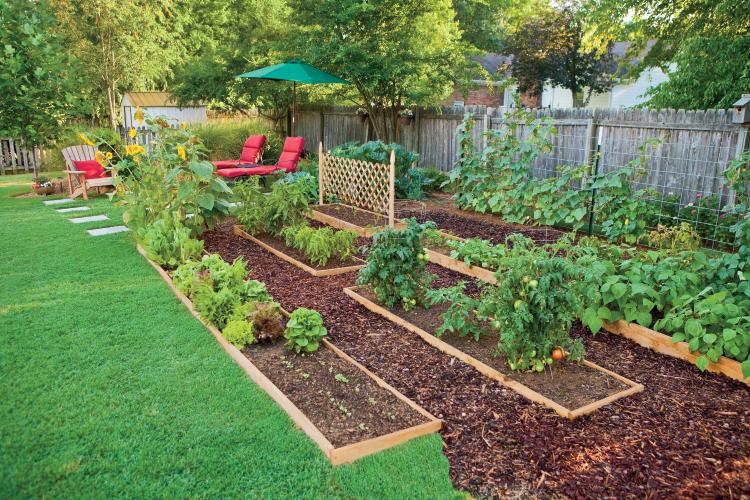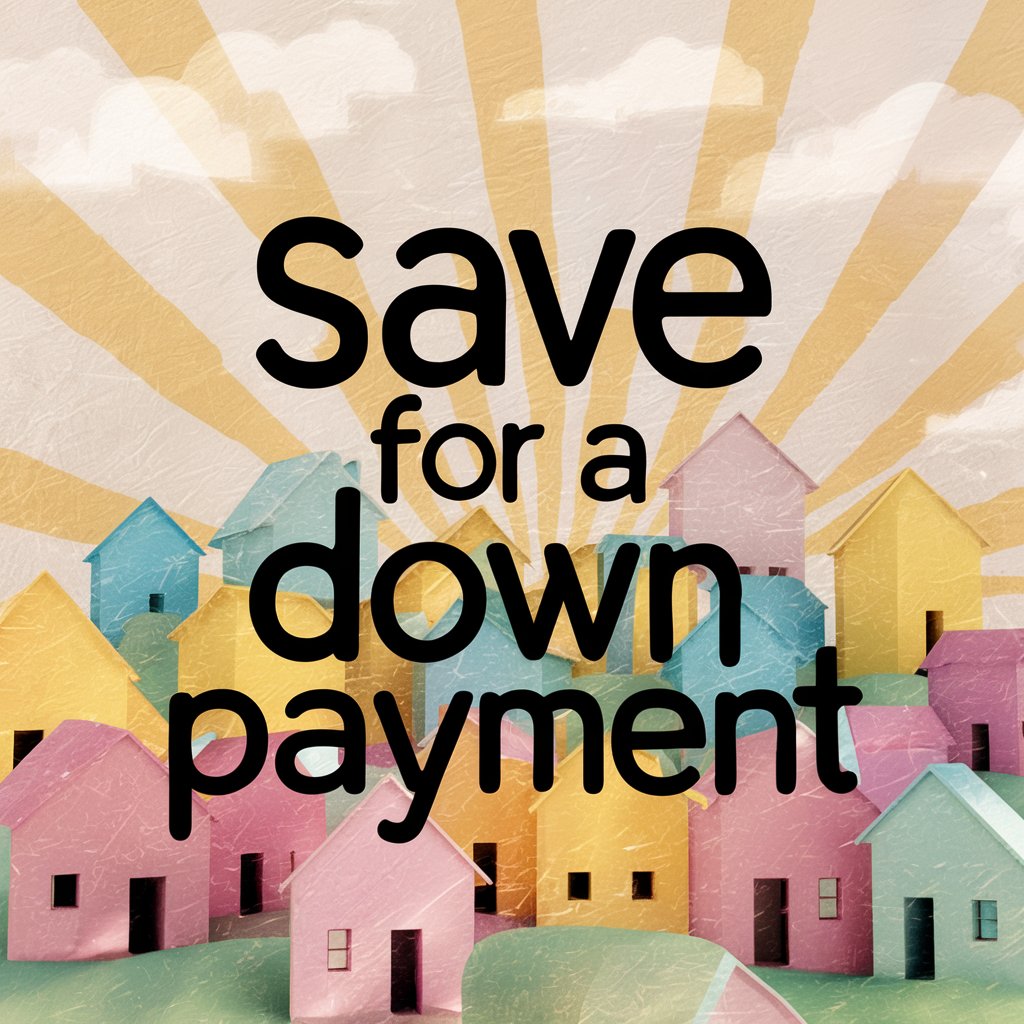Transforming your backyard into an edible garden isn’t just a trend—it’s a lifestyle choice that connects you to your food in a deeper, more rewarding way. Imagine stepping outside and picking fresh herbs for dinner, harvesting juicy tomatoes for a salad, or grabbing a handful of strawberries for dessert. Whether you’re a seasoned gardener or a complete newbie, growing your own edible garden can be an enjoyable and fulfilling project. Here’s everything you need to know to get started.
Why Start an Edible Garden?
The benefits of an edible garden go far beyond just saving money at the grocery store. It’s about knowing exactly where your food comes from, how it’s grown, and what’s gone into it. There’s something deeply satisfying about eating produce you’ve nurtured from a tiny seedling to a fully ripened vegetable or fruit.
An edible garden also adds beauty and character to your backyard. With the right layout and design, it can become a functional yet stunning focal point. Plus, gardening is a great way to relax, de-stress, and get a little exercise. What’s not to love?
Planning Your Edible Garden
Before diving in, it’s important to plan your garden carefully. Start by assessing your space and sunlight. Most edible plants, like tomatoes, peppers, and leafy greens, thrive in full sun, meaning they need at least six to eight hours of direct sunlight each day. If your yard has a mix of sun and shade, don’t worry—there are plenty of crops, like kale and herbs, that do well with less light.
Next, think about how much space you have and what you’d like to grow. For smaller yards, raised garden beds or vertical gardening systems can help maximize space. Even a few pots on a sunny patio can yield a surprising amount of produce. Larger yards allow for more flexibility, with space for sprawling vines or fruit trees.
Soil, Water, and Layout: Getting It Right
Healthy soil is the foundation of a thriving garden. Test your soil to check its pH and nutrient levels, and amend it as needed with compost or organic matter. If your soil is poor or compacted, consider building raised beds and filling them with a high-quality soil mix.
Watering is another key factor. Install a drip irrigation system for efficiency, or commit to a regular watering schedule, especially during dry spells. If you prefer going for the former, then a lawn irrigation service can help in installing the system. As for the latter, you may come up with it on your own. Mulching around plants can help retain moisture and reduce weeds.
As for the layout, group plants with similar needs together. For instance, herbs and leafy greens often need more water than drought-tolerant crops like peppers. Companion planting—where certain plants benefit each other when grown together—can also boost productivity and deter pests. For example, marigolds near tomatoes can help ward off harmful insects.
Choosing What to Grow
The fun part of starting an edible garden is deciding what to grow. Focus on crops you and your family love to eat—there’s no point in growing zucchini if no one’s a fan. Popular choices for beginners include tomatoes, lettuce, basil, cucumbers, and strawberries. These plants are generally easy to grow and produce a lot for the space they take up.
If you’re feeling adventurous, consider adding fruit trees or berry bushes. They require a bit more commitment but can provide bountiful harvests for years to come. Don’t forget edible flowers like nasturtiums and pansies, which add a pop of color to your garden and your plate.
Incorporating Your Garden into Your Yard Design
An edible garden doesn’t have to look purely functional. With a bit of creativity, it can enhance the overall design of your backyard. Use raised beds with clean lines for a modern aesthetic, or create a cottage-style garden with winding pathways and mixed plantings of flowers, herbs, and vegetables.
If you’re lucky enough to have other features like a pool, tie your garden design into the overall landscaping. For example, Hilton Head pool companies often design lush outdoor spaces that seamlessly integrate edible gardens with poolside lounging areas, creating a balanced and inviting backyard.
Maintaining Your Edible Garden
Gardening isn’t a one-and-done project—it’s an ongoing relationship with your plants. Regular maintenance is crucial for a healthy and productive garden. This includes watering, weeding, pruning, and harvesting. Keep an eye out for pests and diseases, and take action quickly if you spot any issues. Organic methods like introducing beneficial insects or using natural sprays are great for managing problems without harmful chemicals.
As your garden grows, you’ll also learn what works best in your climate and soil. Don’t be afraid to experiment with new crops or techniques each season. Gardening is all about growth—both for your plants and your skills.
Reaping the Rewards
When harvest time comes around, you’ll truly understand why edible gardening is worth the effort. There’s nothing like the taste of a freshly picked tomato or the satisfaction of cooking with herbs you grew yourself. Plus, sharing your bounty with friends and neighbors is a great way to build community.
Starting an edible garden is one of the most rewarding ways to improve your backyard and lifestyle. With a little planning and care, you’ll create a space that’s not only beautiful but also productive and delicious. So, grab your gardening gloves and get started—it’s time to turn your backyard into your very own edible paradise.






